
5 minute read
Flock data is essential
from PoultryNL

Jos Nelissen is eager to collect data to manage and innovate his farming operation to the highest standards. ‘Producing a highquality product is my passion.’ He is permanently looking for ways to get optimal conditions for his fl ock.
Advertisement

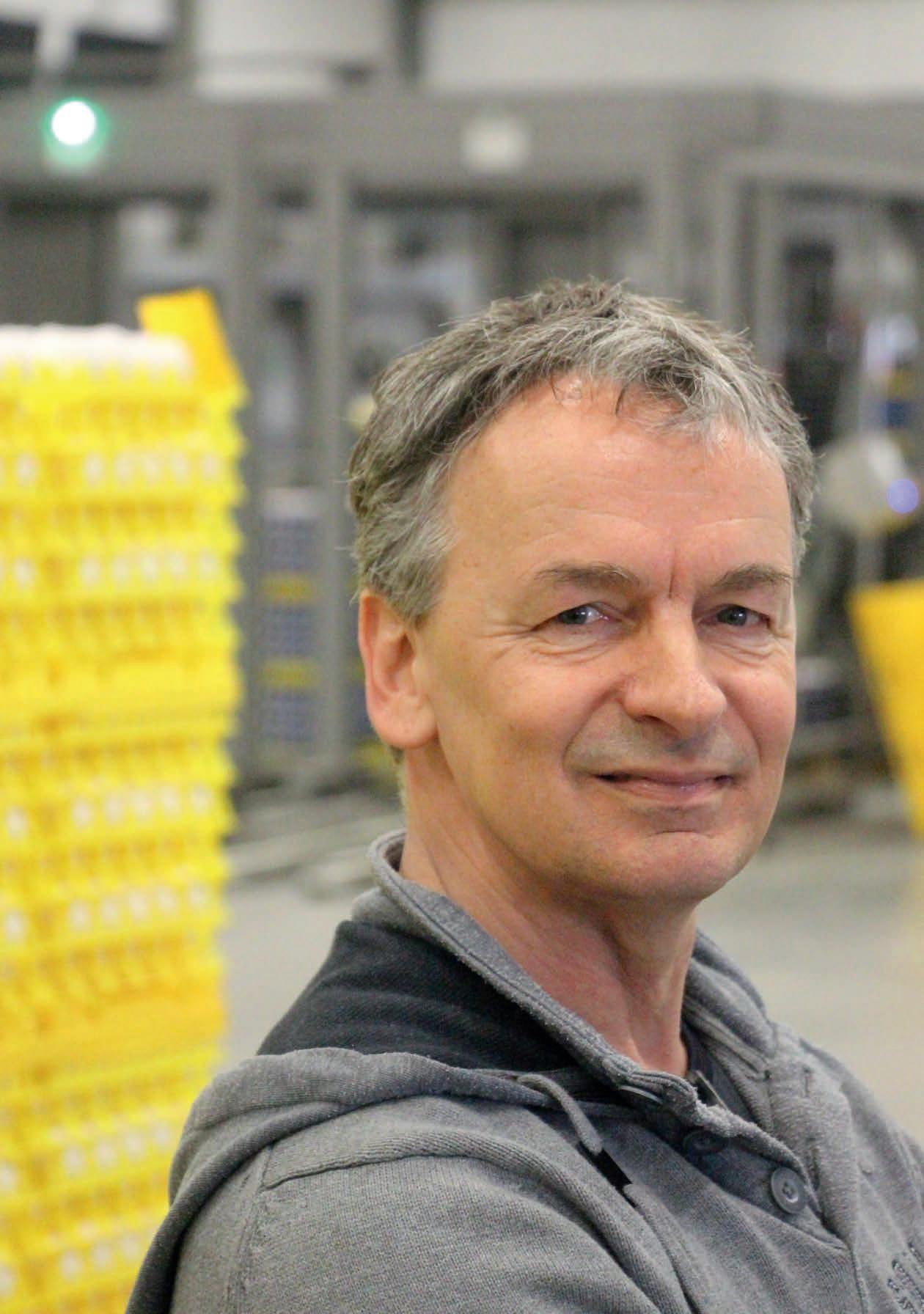
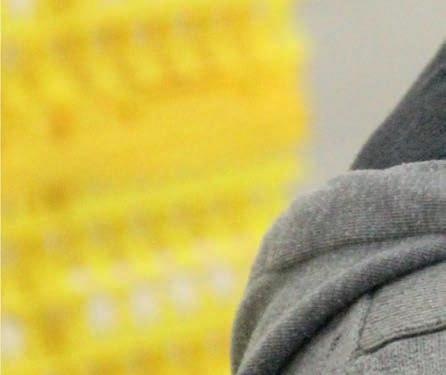


‘Flock data is
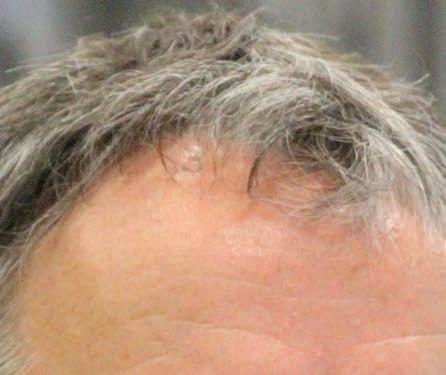
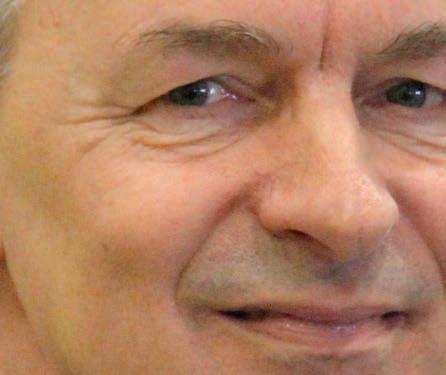
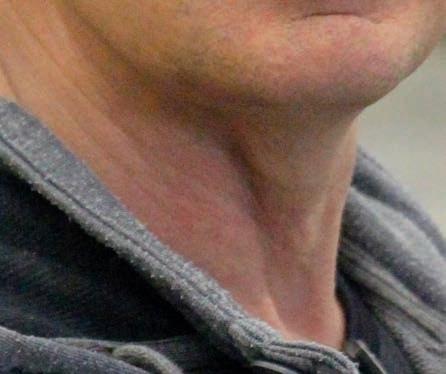
We truly care for our birds
PHOTO: AD BAL
essential to manage and innovate’
Jos Nelissen’s farm in Oirlo, the Netherlands, dates back to 1956 and was founded by his parents. At that time, they kept layers and grew vegetables, until they fully switched to layers in 1979. Jos and his wife took over the business and by 1995 they kept 200,000 white layers in cages. ‘I was not convinced that this was a future-proof business model’, says Jos. ‘So my wife and I started travelling to various countries and we noticed the diff erences in production systems. In the year 2000, a supermarket chain in our country abandoned cage eggs. That was a clear signal for us that the rules for keeping layers were set to change. At that same time Wageningen University published the benefi ts, importance and value of eggs. This highly interested and much triggered me. Although I am not a scientist myself, I do like to read scientifi c literature in order to deepen my knowledge.’
Freedom of movement
‘We truly care for our birds’, Jos continues. ‘In 2012, new EU legislation prohibited the use of cages and at that moment we expanded our farm with two more houses. The entire surface of the houses was doubled, but at the same time we decreased the population of our layer fl ocks by 25 percent and fully switched to Vencomatic’s Bolegg Terrace aviary system. This system had proven its value for bird welfare, as the layers have freedom of movement in the open system. We are convinced that the birds behave and move around according to their biorhythm while kept in confi nement.’
Egg tunnel
‘Currently, we keep 130,000 white layers in four houses on two sites. On our main site, we have two houses and the egg packing station, which was also installed by Vencomatic Group. The other houses are located across the road. Eggs from these houses are transported to the packing facilities by means of a long conveyor belt that runs through a tunnel underneath the road.’
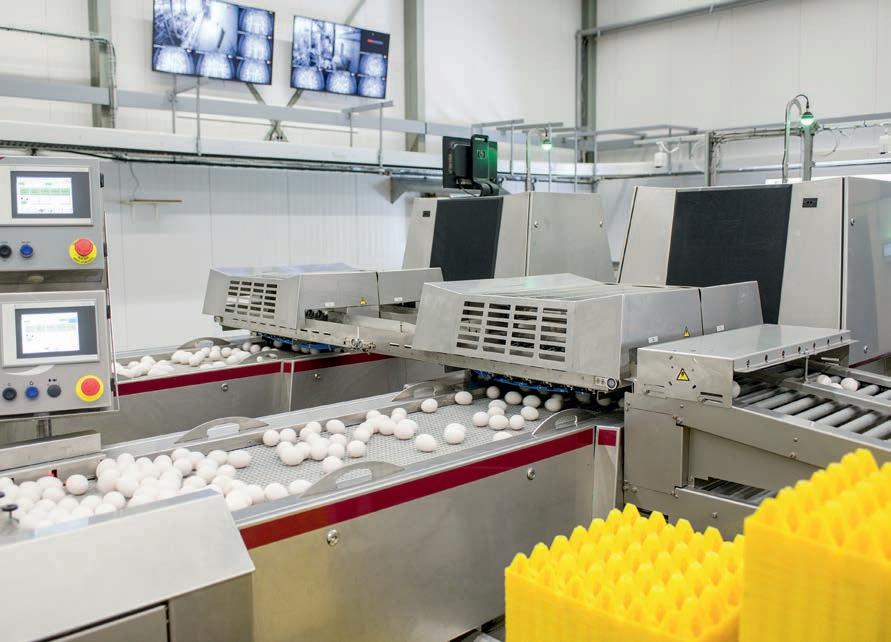
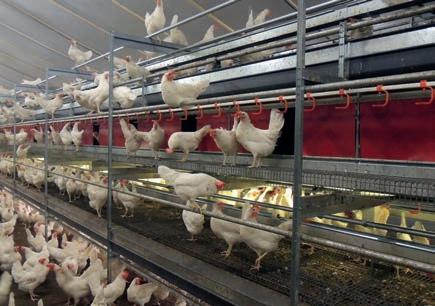
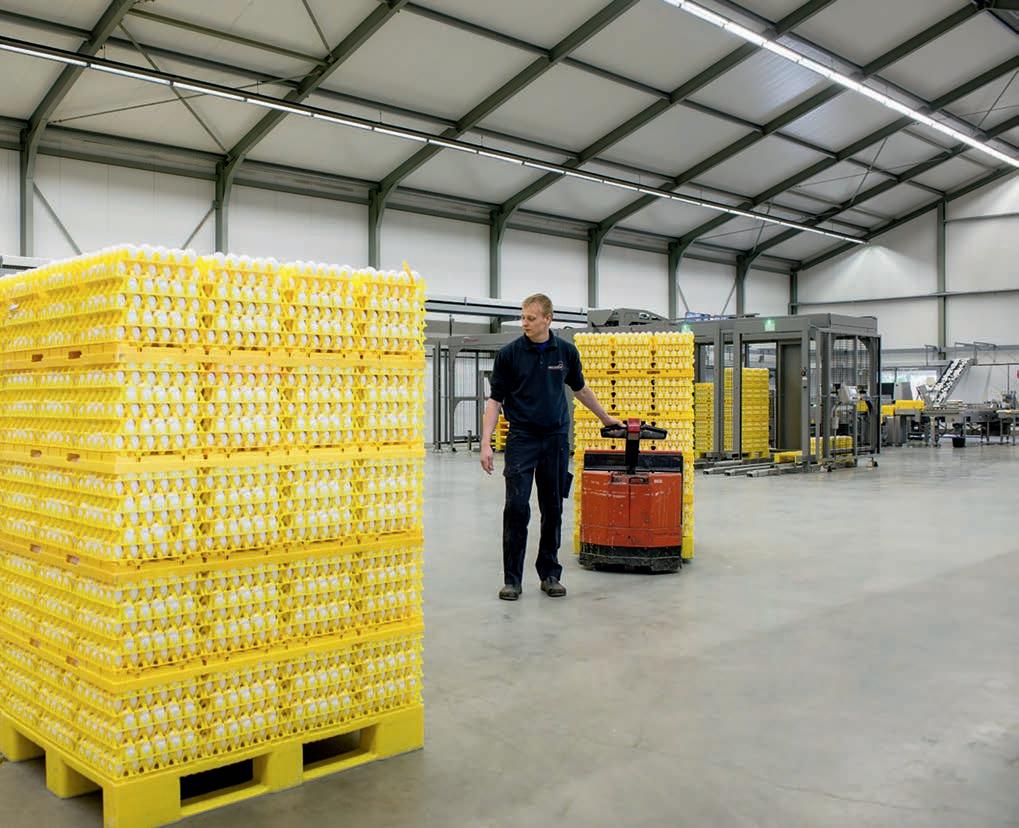
Natural light
‘The white birds demand special management. They behave more or less like “thoroughbred horses”’, says Jos, particularly in an aviary environment. ‘In this context, ample natural light and proper ventilation are essential parameters. Together with Wageningen University, we found out that birds behave and perform better if they are kept under natural light conditions. So, we have placed light domes in all of the houses. These let in full spectrum daylight including ultraviolet light, which enables the chickens to recognise each other and behave as in a natural environment. Special cameras recognise the birds’ feather pattern and comb, while special software in the egg collection system lets us permanently monitor the birds individually. Where they move and where they lay eggs. Each deviation in their behaviour is an indication that something is wrong. We then take action as and when needed.
Chicken’s perspective
My conviction is that healthy birds lay healthy eggs. For that reason, eight pictures are taken of each egg that leaves the house. We can register if it’s okay, for example if it’s “shiny”. That’s an important indicator.’ ‘Our entire management is based on permanently monitoring and observing our flocks. For that reason, we have regular meetings with a nutritionist and a poultry veterinarian. Together we analyse the data that we collect and go inside to observe the flocks. When needed, we take measures in order to keep our layers in top condition. We chose Vencomatic Group because they are an innovator in poultry house design and systems. They take chickens’ perspective! That’s an important contribution for us to achieve the high standards we set. To keep innovating all the time.’
White layers are like thoroughbred horses
Titbits


A BIT OF HISTORY
From 1923 till 1929 Nestlé produced a beautiful collectors album. In this album lots of diff erent poultry breeds were shown including
Langshan,
Brahma and
Leghorn.
The chicken that digs for food will not sleep hungry

African Proverb
SCRAMBLED HARD-BOILED EGG?

No more picking fl oor eggs?
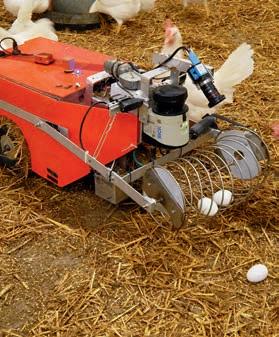
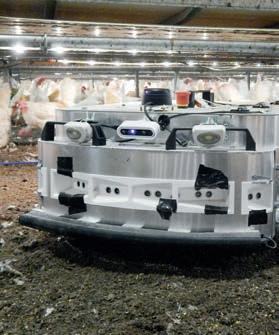
PoultryBot (left) was a research result (Farm Technology Group, WUR). CollEGGtor (Livestock Robotics) is a prototype of its successor. These are examples of mobile robots that may navigate autonomously in the house in the future to collect fl oor eggs and prevent them.
Have you ever enjoyed a scrambled hardboiled egg? Take the Golden Goose Egg Scrambler for a spin and serve up a perfectly scrambled egg - without cracking it open! You place a raw egg, You place a raw egg, secure the two sides and then pull the handles to use centrifugal force to scramble the force to scramble the egg inside the shell. Within seconds, you’ll create a beautiful golden egg when boiled.
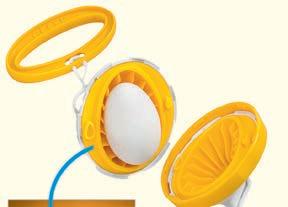

CARTOON

This is why chickens in the wild spend 50% of their time foraging for feed...










